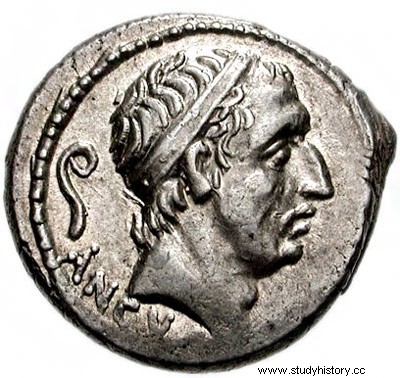
Anco Marcio (or Marzio)
The Rome of the Kings , the first and farthest from us from a chronological point of view, is largely shrouded in mystery and many of its main aspects are completely unknown to us.
History and legend are not particularly generous with news even as regards Anco Marcio (or Marzio ), who was certainly the fourth king of Rome .
What do we know about him and his political work?
Not much actually, but we have some certain information.
Born in 675 BC , It also belonged to the very ancient gens Marcia and was the grandson of Numa Pompilius, therefore descendant of those Sabines installed on the Capitoline Hill at the time of Romulus.
Of deep and sincere religious spirit, peaceful by nature, he loved to define himself and be considered a priest-king, even if during his reign he was forced to fight several wars and to subdue other peoples of Lazio, who were nevertheless welcomed as new Roman citizens.
Anco Marcio conquered the territory between Aniene and Tiber, moreover his army attacked and defeated populations guilty of attacking Rome, then disappeared without leaving traces.
The king also took care of expanding the city by incorporating Aventine and Janiculum and extended his dominion to the mouth of the Tiber, where according to tradition he would have founded Ostia , in a strategic geographical point that is particularly important for trade and the economy of Rome.
We are not sure, but it seems that the construction of the first is to be attributed to him. bridge fixed wooden structure on the Tiber, which proved to be fundamental in facilitating human and commercial exchanges from one bank of the river to the other.
Probably Anco Marcio built the first prison : the city had grown considerably since its foundation and the growing number of inhabitants had consequently also led to an increase in common crime.
Anco Marcio, who history remembers as one of the most enlightened and fruitful monarchs of ancient Rome, died in 616 BC
